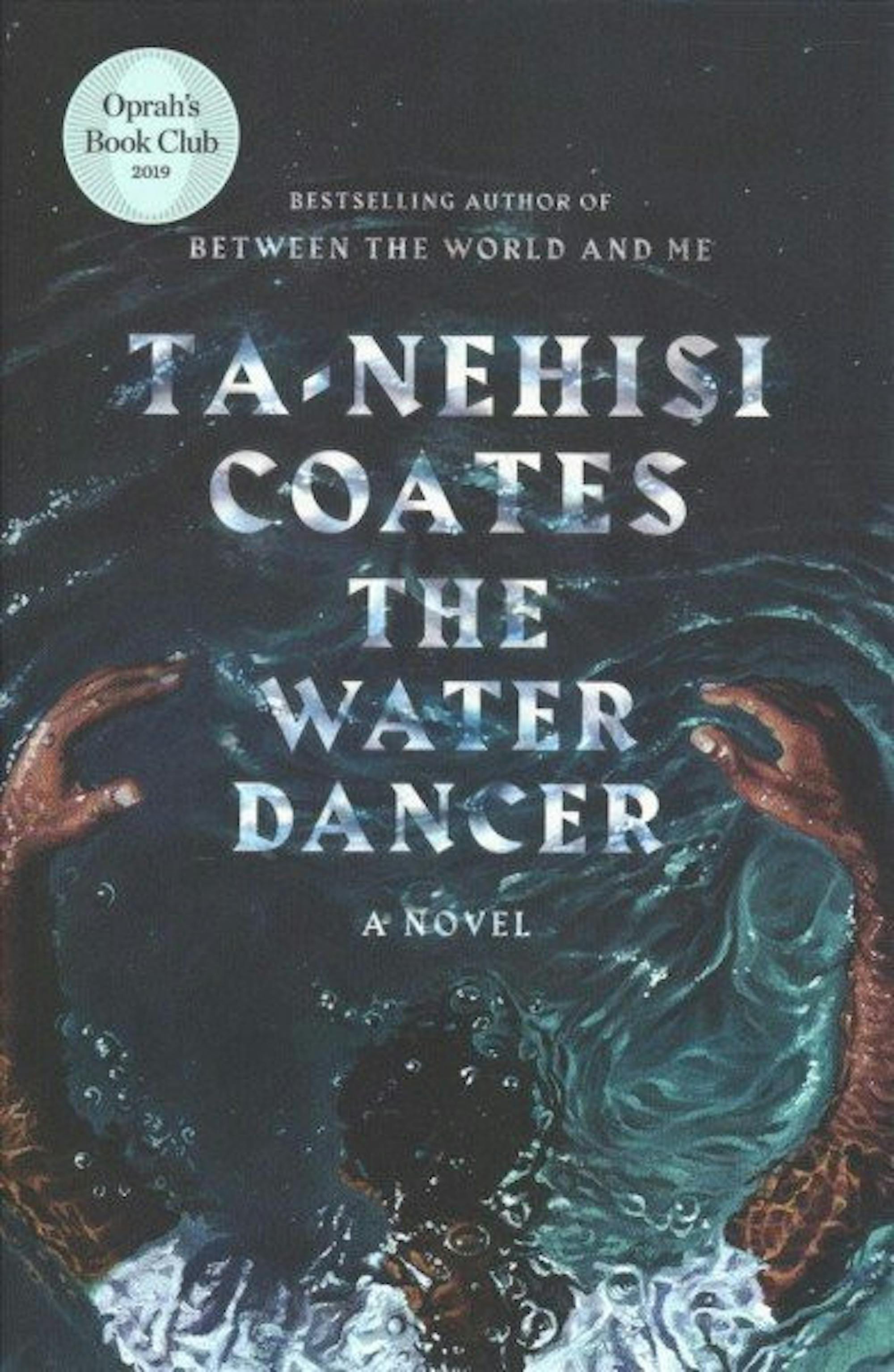In some ways, a Ta-Nehisi Coates novel might come as unexpected. His professional career has consisted of formidable social critiques as a nonfiction writer, best known for his books “Between the World and Me” (2015) and “We Were Eight Years in Power” (2017). “The Water Dancer” (2019) is a departure from his background with a debut that straddles both historical fiction and magical realism. In this transition to fiction, Coates shows he hasn’t lost any of the articulation he’s known for in his prose — instead, he displays a masterful talent for fantasy, one that he uses to raise questions about the power of narrative and of memory.
In “The Water Dancer” we follow Hiram, the black son of a plantation owner in Virginia. Hiram, shortened to Hi, possesses a photographic memory yet does not have any memories of his mother, who was sold from the plantation when he was nine. Due to his intellectual prowess as well as the whims of his father, Hi is called to the house to act as the manservant of his white half-brother Maynard, who is vulgar and possesses none of Hi’s gifts yet is poised to be the heir of the plantation. One night, as Hi drives Maynard home, the bridge they are on collapses, sending them into the river; Hi survives, while Maynard is killed.
This event acts as a kind of baptism for Hi, clarifying his priorities: After this, he attempts to escape the plantation, but he is caught before he can even make it off the land. This sets in motion a chain of events that eventually leads to his working as an agent for the Underground Railroad, bringing him into contact with Harriet Tubman, whom the other agents know by the name of “Moses.”
It’s here that the book makes its dive into magical realism: Hi discovers an ability, known as conduction, that can be of great use in helping the enslaved escape to freedom. It is a superpower that relies on the strength of memory to conjure it, and it also aligns him with Tubman, who has used this power to make many miraculous journeys. At this point, Coates departs most dramatically from his previous nonfiction, making a dangerous play. It would be easy to use conduction as a cheap gimmick in the story, one that acts as a way to bridge logical gaps in historical narratives, but Coates avoids this, and instead it becomes a fundamental element of Hi’s development.
Conduction works in the novel because as we journey further with Hi, we understand that the story is as much about memory as it is about slavery. His memory is both his greatest strength and weakness — he uses it in order to help slaves escape through the Underground Railroad, but in moments when it's vital for him to remember his mother, it fails him. Memory is the key for making conduction work, connecting him with his family history while simultaneously burdening him with the emotional weight of this history. There's a deep power that recollection can harness, but Coates acknowledges the emotional cost that it comes at, one that black Americans have been asked to take on through the present day.
But as this recollection does play an essential role in making progress, perhaps it isn’t surprising that this novel is Coates’ most recent project. His work has always pushed against the nation’s forgetfulness of its past and unwillingness to grapple with the moral debt incurred by slavery. If anything, “The Water Dancer” gives hope in the figure of Hi: The struggle to remember everything is a noble one, one that has the power to bring about a lasting, systemic change.
Ta-Nehisi Coates will present “The Water Dancer” on Nov. 18 at the Chevalier Theatre in Medford.
The power of memory in Coates' 'The Water Dancer'

Cover of Ta-Nehisi Coates' new book 'The Water Dancer' (2019) is pictured.





